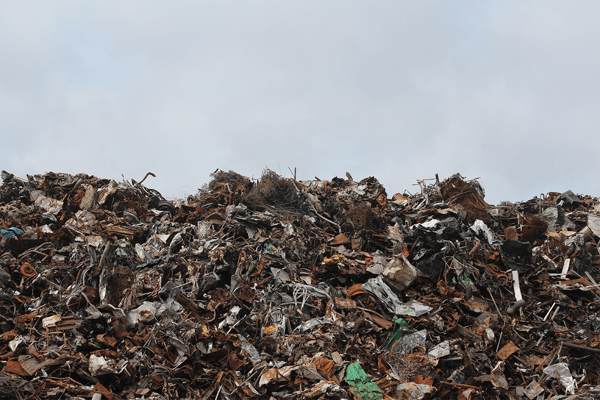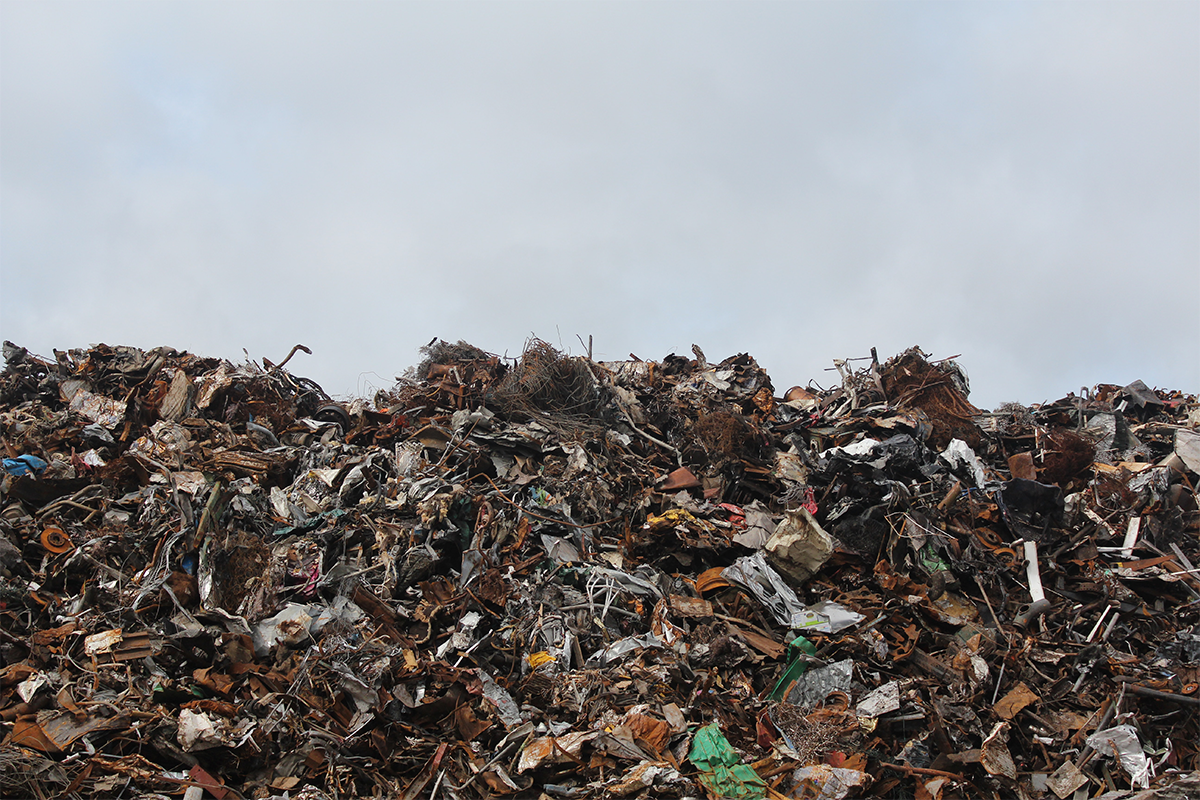Each time a builder takes a trash barrel or dumpster to the dump, they absorb landfill tipping fees. Disposing of this construction waste can be a large expense, costing builders on average $50.30 per ton of landfill waste across the nation in 2017 and forecasted to increase even higher through 2020.
In 2015, construction generated 29.6 million tons of waste; the majority of the waste materials include concrete, wood products, drywall and plasters. Builders are contributing building scraps, soiled materials, unused supplies and trash into landfills from each house built.
Additionally, construction materials continue to be costly. Since last year, construction input prices are up 0.6% according to an Associated Builders and Contractors analysis of U.S. Bureau of Labor Statistics.
Builders are finding competitive advantage in either saving material costs or cutting costs associated with waste. In addition to saving money, environmental responsibility is another reason to consider your waste management strategy.
The below five strategies are suggestions to reduce waste at your jobsite:
-
Pre-Cycle with Manufacturers
Pre-cycling is the process of reducing waste by avoiding items that will generate it in the first place. Work with manufacturers to minimize packaging around products like plastic, cardboard and paper to reduce waste that will end up in your dumpster. Another way to reduce packaging waste from supplies is to order materials in bulk instead of individual packages.
Alternatively, you can ask for returnable containers and packaging from your manufacturers. If the manufacturer won’t take back their containers, try to find creative solutions to use them at the jobsite instead of throwing it away.
- Plan Materials Ahead of Time
You can save on tipping fees and trips to the landfill by planning your materials ahead of your build. Ordering the right amount of materials needed to complete your build will eliminate fees from disposing leftover materials.
Reduce labor and product costs by ordering the right size of materials for the project instead of cutting or altering larger sized products. If you notice workers making the same mistakes repeatedly during construction, aim to fix these mistakes. These repetitive mistakes are costing materials, time, and extra fees.
- Design a Standard Structure
Building a smaller house will reduce the waste generated by construction. Design the house under standard dimensions and ceiling height so there will be less waste from altering or cutting supplies. This is particularly important with wood since lumber accounts for a large portion of construction waste in landfills.
- Store Your Materials Properly
Store your materials properly from sun and water. Cover your materials from weather conditions to avoid buying new supplies and tossing rotten ones. In addition to weather, storing supplies in a safe area will limit theft and the cost of replacing those supplies. Use materials that are subject to spoilage in smaller batches to avoid throwing out expired materials.
- Reuse & Recycle
Instead of tossing materials in a dumpster at the end of the day, sort them into a reuse pile. If you reuse the materials onsite, it reduces transportation and landfill costs. You can also recycle materials at a C&D recycling facility if one is available in your local market. Rates are usually competitive with landfill tipping fees.
In addition, see if you can sell back any unused materials back to the supplier. You can also donate unused items to charities like Habitat for Humanity’s ReStores and receive a tax benefit. Save money by reusing your materials or by purchasing recycled materials for your project.
Builders throw away too much construction waste resulting in the pollution of the environment, space in landfills, and large fees. Building materials are increasing in price, making the cost of dumping materials even more significant to builders’ bottom line. Consider these five ways to save money and the environment by reducing your construction waste at your next build.
Topics: Green Construction

Recent Posts
- Spec Construction Loans: A Spec Line of Credit Is Worth the Paperwork
- Spec Homes and Pre-Sale Homes: The Relative Benefits for a Spec Builder
- How a Lender Sees Spec Construction Success: Insights for the Investor Builder
- How Is a Spec House Different From Other Kinds of House Construction?
- How a Private Lender Compares to a Bank Lender for a Spec House Construction Loan

